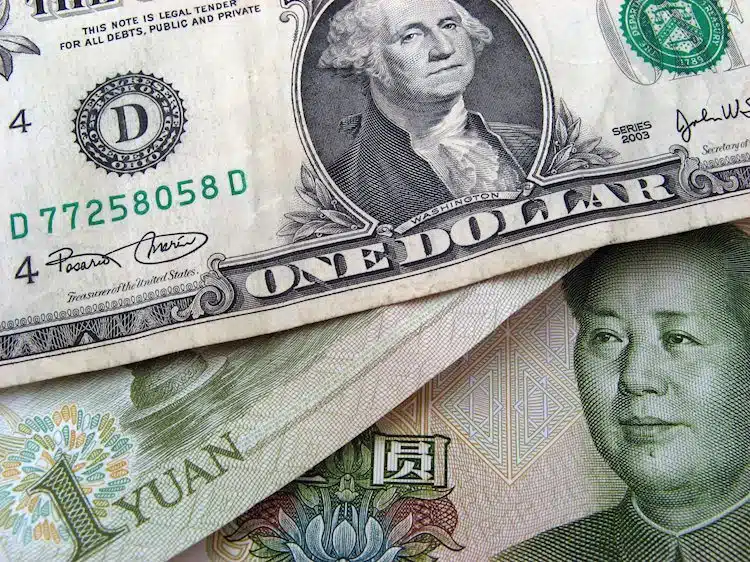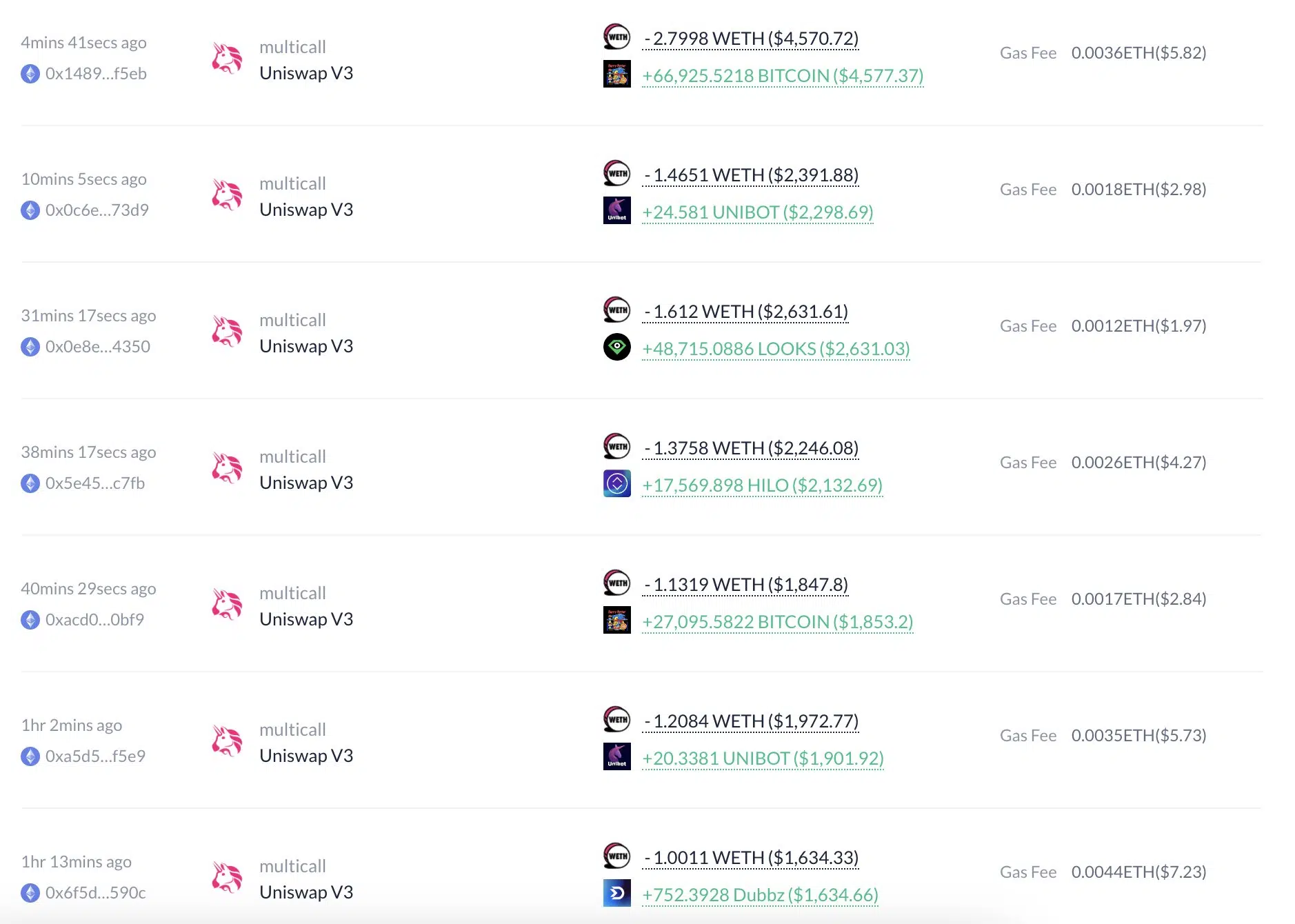The People’s Bank of China (PBOC) recently set the yuan at 6.9052, compared to its previous close of 6.8998. This daily midpoint fix is based on the previous day’s closing level of the yuan and quotations taken from inter-bank dealers.
China maintains strict control over the yuan’s rate on the mainland, with the onshore yuan (CNY) differing from the offshore one (CNH) in trading restrictions. The offshore yuan is not as tightly controlled as the onshore yuan.
The yuan’s rate has been a topic of controversy in recent years, particularly between China and the United States. The US has accused China of manipulating their currency to gain an unfair trade advantage, while China has denied these claims.
Despite these accusations, the PBOC continues to monitor and manage the yuan’s rate to ensure stability in China’s economy. This includes implementing measures such as daily midpoint fixes to control the yuan’s fluctuations in the foreign exchange market.
One major factor that affects the yuan’s rate is China’s economic growth. A strong economy leads to a stronger yuan, while a weaker economy results in a weaker yuan. Thus, the PBOC closely tracks economic indicators such as GDP, inflation, and employment to determine the appropriate rate for the yuan.
Another factor that impacts the yuan’s rate is international market conditions. For example, the ongoing trade dispute between China and the US has led to increased volatility in the yuan’s rate, as investors grow uncertain about the impact of tariffs and other trade restrictions.
To mitigate these risks, the PBOC has implemented various policies and measures to stabilize the yuan’s rate. This includes limiting trading activity in the foreign exchange market and intervening to buy or sell yuan when necessary.
Additionally, the PBOC has taken steps to increase the internationalization of the yuan, allowing it to be used more widely in global trade and finance. This has led to an increase in the offshore yuan market, providing more opportunities for foreign investors to participate in the Chinese economy.
While the PBOC continues to manage and monitor the yuan’s rate, there are concerns about the potential for further currency manipulation or devaluation. These concerns have led to increased scrutiny and regulation of China’s foreign exchange practices by international organizations such as the International Monetary Fund.
Despite these challenges, the yuan remains an important currency in the global economy, particularly for those conducting business in China. As such, the PBOC will continue to play a critical role in ensuring the yuan’s stability and success as a global currency.


